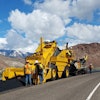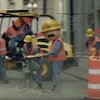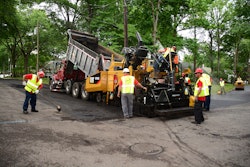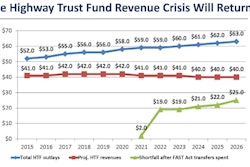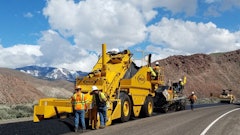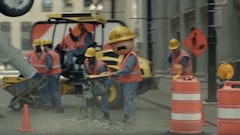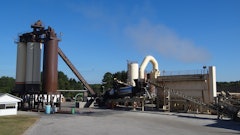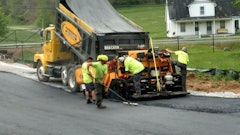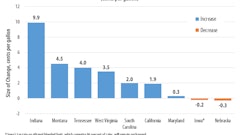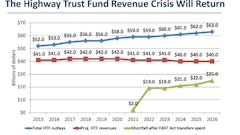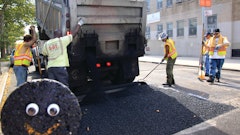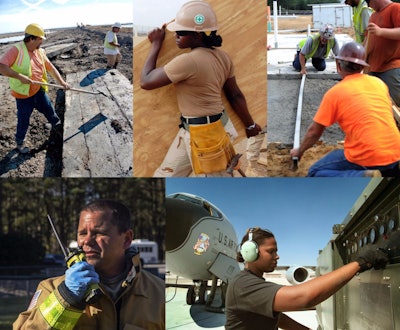
Many outdoor workers get uncomfortably warm during the hot days of summer. As employers are responsible for providing a safe workplace, they need to know when uncomfortable becomes unhealthy and dangerous.
Last summer, the Occupational Safety and Health Administration (OSHA) received reports of more than 200 workers hospitalized with heat illness and they expect that is far less than the actual number.
With predictions for the summer of 2017 showing that most of the United States has elevated chances for warmer-than-average temperatures, now is the time to prepare for extreme heat events that will happen later this summer.
Risk Factors for Heat Illness
Many outdoor workers are in good physical health, but several factors can increase their risk of suffering from heat illness:
- high temperature and humidity
- direct sunlight
- limited air movement (no breeze)
- moderate to heavy exertion
- heavy personal protective equipment
- dehydration
- some medications
- other sources of heat (furnaces, ovens, exhaust)
In some cases, heat-related illness can occur in temperatures as low as the 70s (°F).
Acclimate to the Weather
Workers become acclimatized to heat when they gradually work for longer periods in a hot environment. Benefits of acclimatization include physiological adaptations, such as increased sweating efficiency and stabilization of the circulation. Employers must make certain that workers acclimatize to heat by gradually increasing the time they work in hot environments.
Acclimatizing workers requires following a plan:
- New workers, and workers returning from an absence of more than a week, should follow a schedule to gradually acclimatize to the hot conditions. Begin with 20% of the usual duration of work in the hot environment on the first day, increasing gradually by no more than 20% each day that follows.
- Experienced workers should begin on the first day of work in excessive heat with 50% of the usual duration of work. They should work 60% on the second day, 80% on the third day, and 100% on the fourth day.
- Depending on individual or environmental factors, it might take up to 14 days or longer for a worker to become fully acclimatized.
Make a Plan
Failing to prepare is preparing to fail. Create a heat awareness plan for your crew and make sure they're following it when the temperatures start rising. Here are some things for your workers to do:
- Drink from two to four cups of water every hour while working. Don’t wait until you are thirsty to drink.
- Avoid alcohol or liquids containing large amounts of sugar.
- Wear and reapply sunscreen as indicated on the package.
- Ask if tasks can be scheduled for earlier or later in the day to avoid midday heat.
- Wear a brimmed hat and loose, lightweight, light-colored clothing.
- Spend time in air-conditioned buildings during breaks and after work.
- Encourage co-workers to take breaks to cool off and drink water.
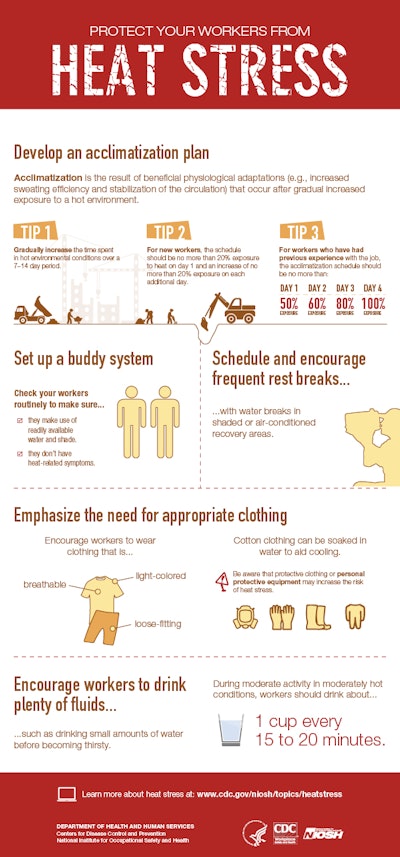
OSHA issued a Heat Illness Prevention Training Guide and a Heat Safety Tool app for informing and protecting the occupational health of all workers. These resources can be found, along with other information, on the Campaign to Prevent Heat Illness in Outdoor Workers webpage.
In addition, the National Institute for Occupational Safety and Health (NIOSH) offers the guidance document, Criteria for a Recommended Standard: Occupational Exposure to Heat and Hot Environments for employers and safety and health professionals, as well as other heat-related educational materials for workers.The Heat Stress Toolkit includes fact sheets, brochures, infographics, and more detailed information sheets.
Watch for Heat Illness
Know what to look for in both yourself and others when it comes to heat illness. It's the responsibility of everyone on the crew to take care of each other when it gets hot and know what to do if someone is experiencing a medical emergency due to the heat. Muscle cramping might be the first sign of heat-related illness, and may lead to heat exhaustion or stroke. Here is how you can recognize heat exhaustion and heat stroke and what to do:
- Heavy sweating
- Weakness
- Cold, pale, and clammy skin
- Fast, weak pulse
- Nausea or vomiting
- Fainting
- Move to a cooler location.
- Lie down and loosen your clothing.
- Apply cool, wet cloths to as much of your body as possible.
- Sip water.
- If you have vomited and it continues, seek medical attention immediately.
- High body temperature (above 103°F)*
- Hot, red, dry or moist skin
- Rapid and strong pulse
- Possible unconsciousness
- Call 911 immediately — this is a medical emergency.
- Move the person to a cooler environment.
- Reduce the person's body temperature with cool cloths or even a bath.
- Do NOT give fluids.
Know When to Call it a Day
At some point, the weather may be too hot for your workers to even be productive. At that point calling off early is recommended.
A 2016 report, Climate Change Impacts and Labour: Impacts of Heat in the Workplace, documents the loss of productivity associated with rising temperatures around the world.
“When it is too hot, people work less effectively out-of-doors, in factories, the office or on the move due to diminished ability for physical exertion and for completing mental tasks. Heat extremes also increase accident risk and expose people to serious heat-related health risks..."
Under OSHA law, employers are responsible for providing workplaces free of known safety hazards. This includes protecting workers from extreme heat. An employer with workers exposed to high temperatures should establish a complete heat illness prevention program.
Do you have any tips on staying cool this summer? e-mail me at [email protected] and stay safe out there this season!


